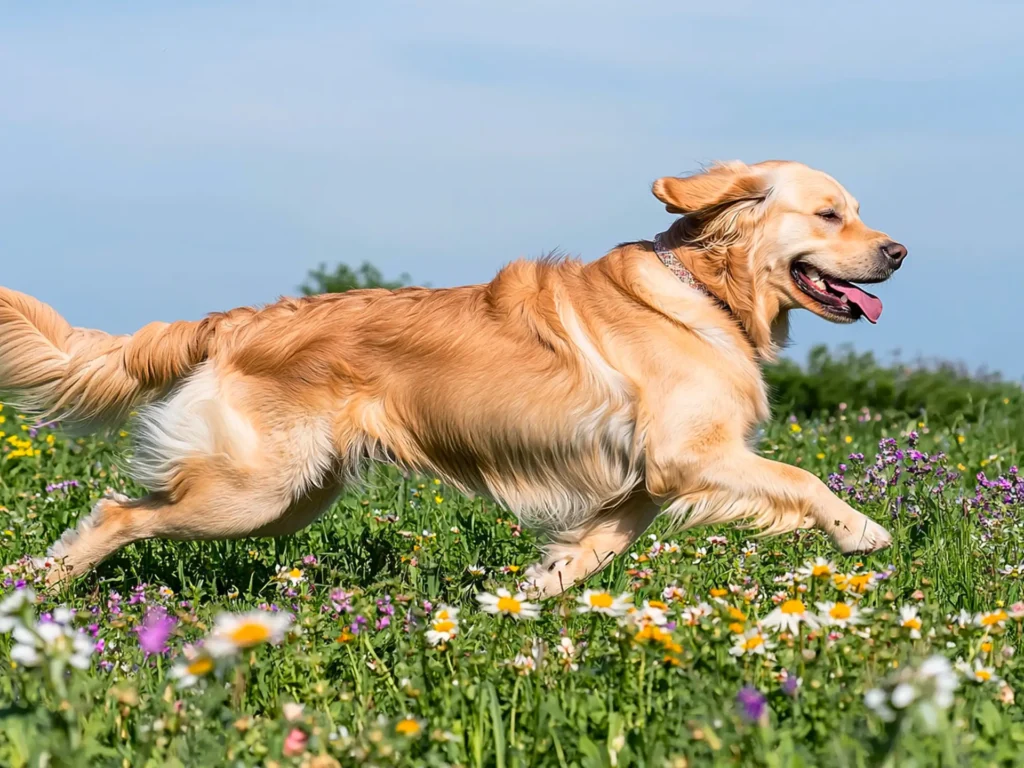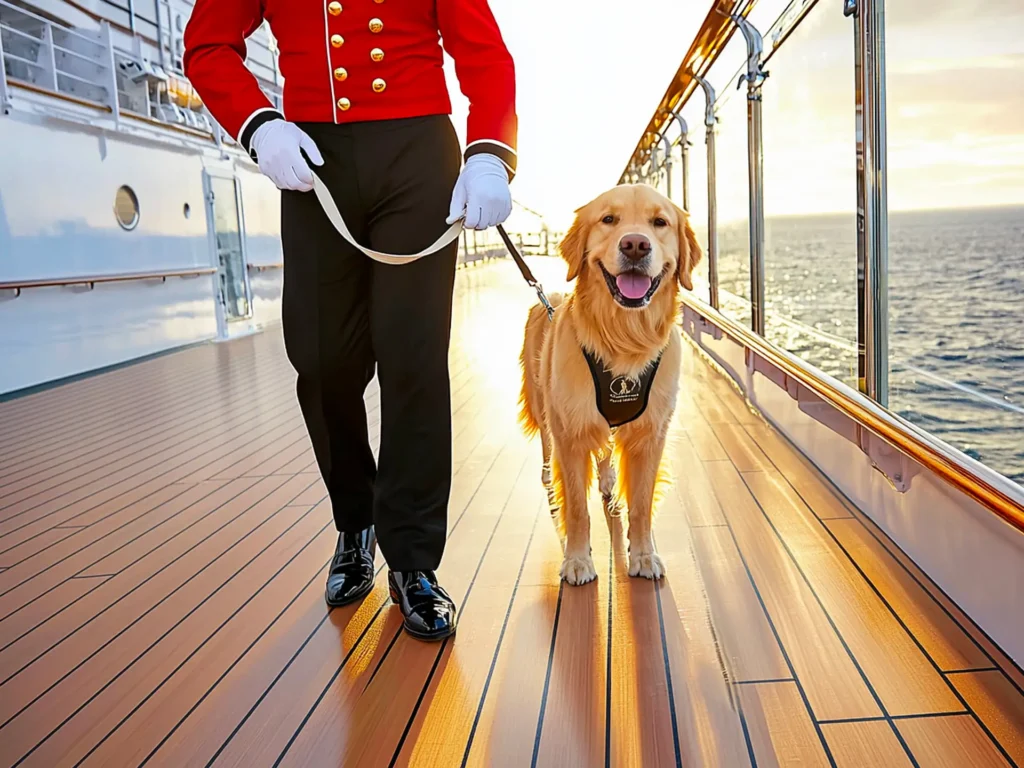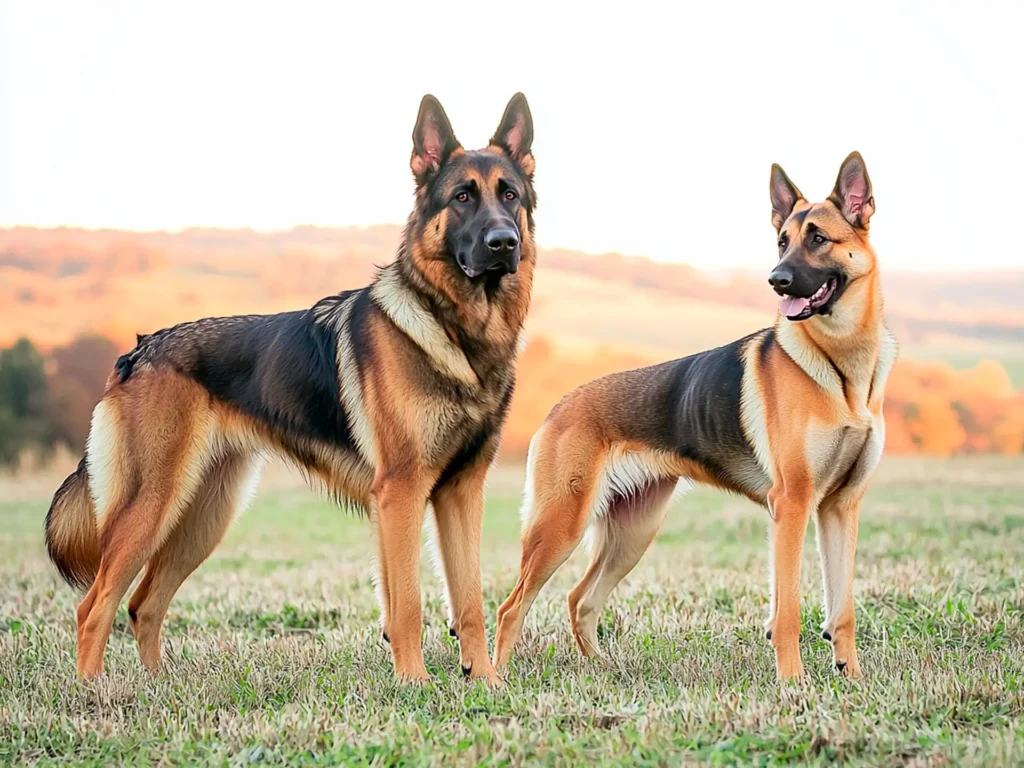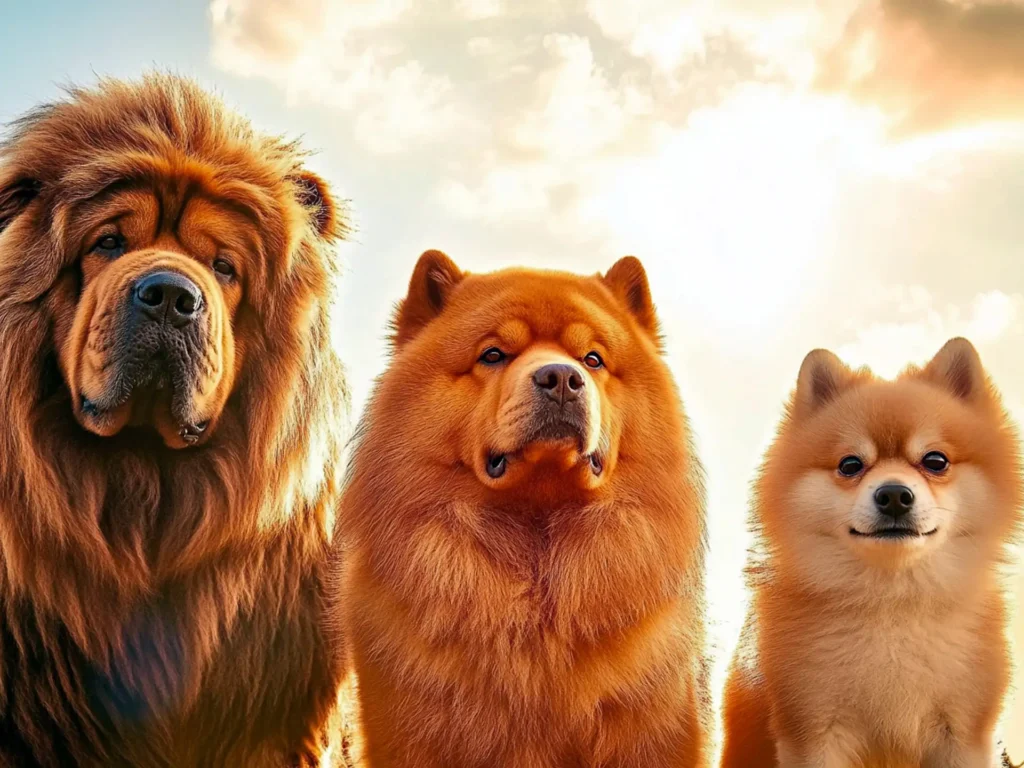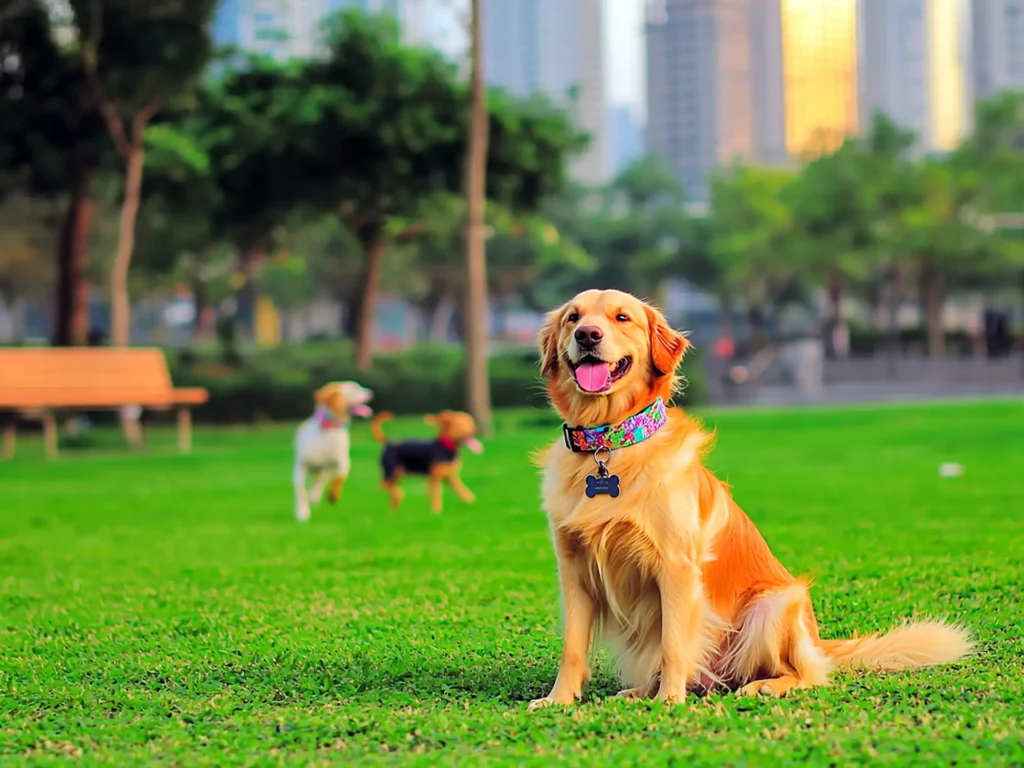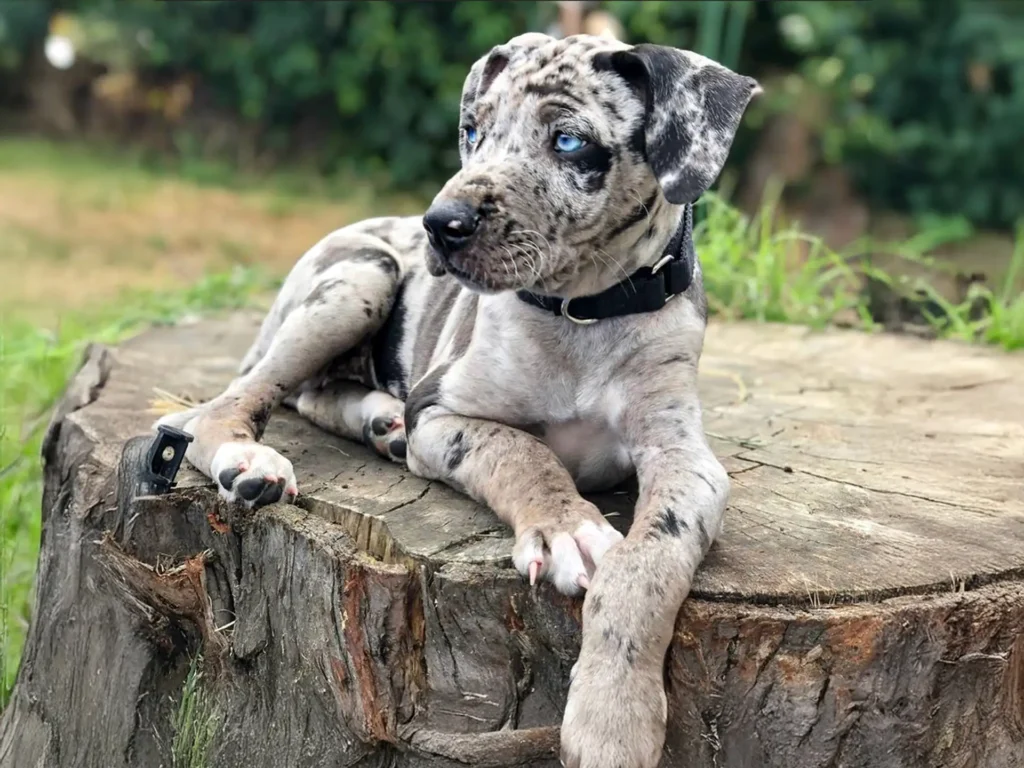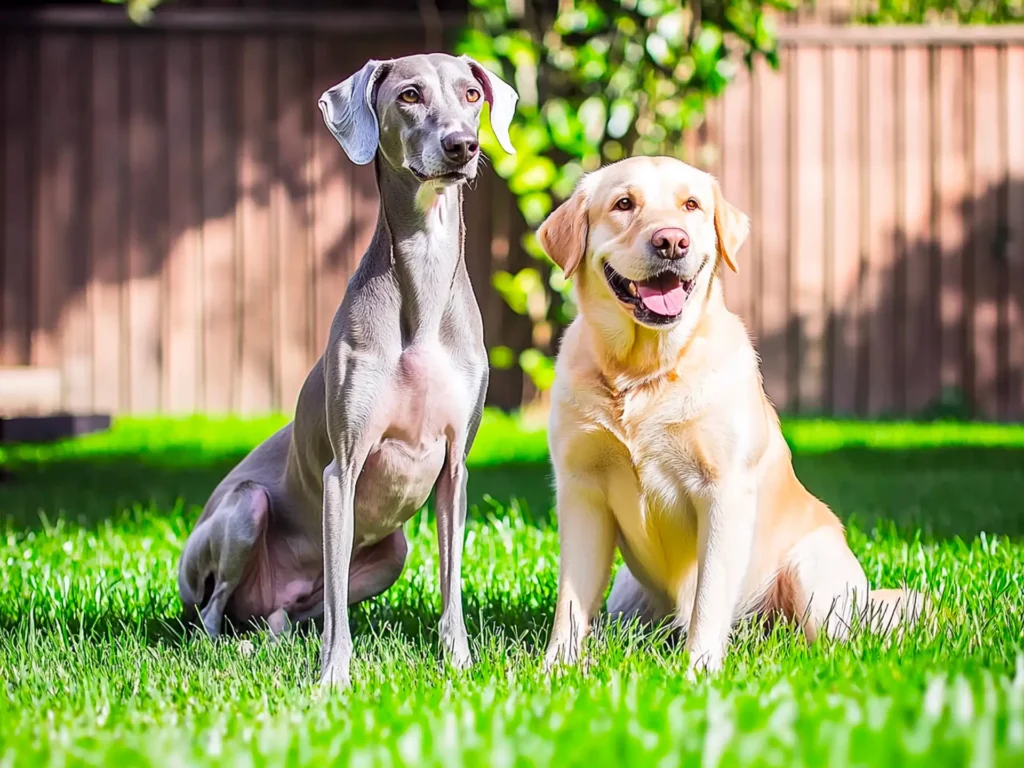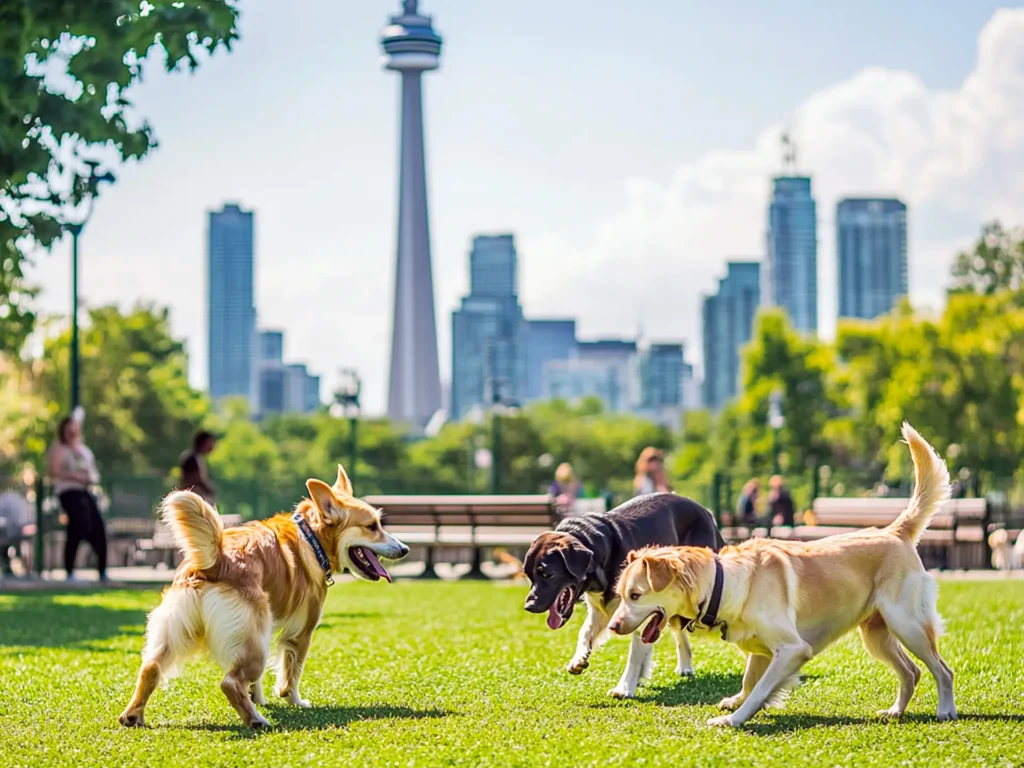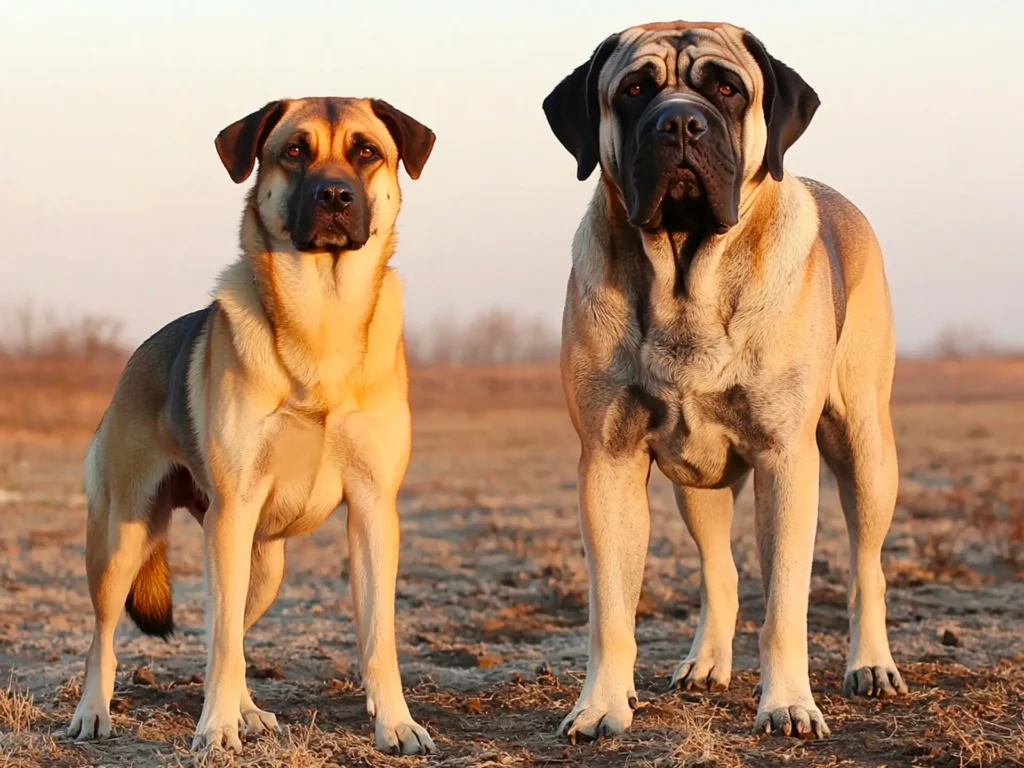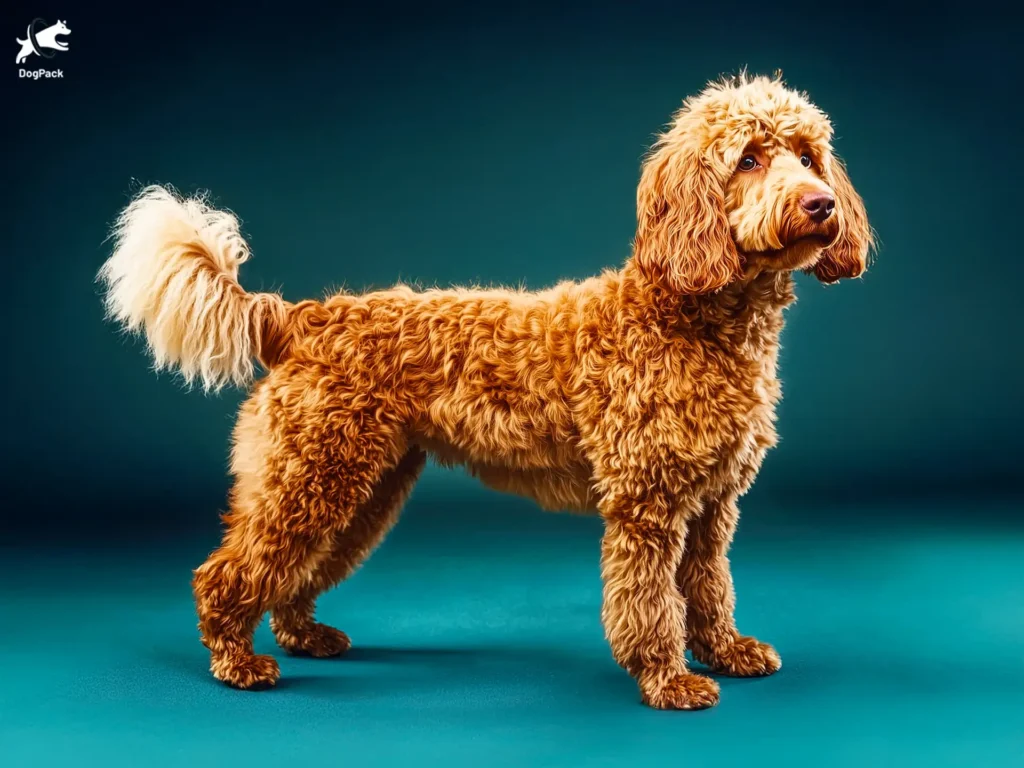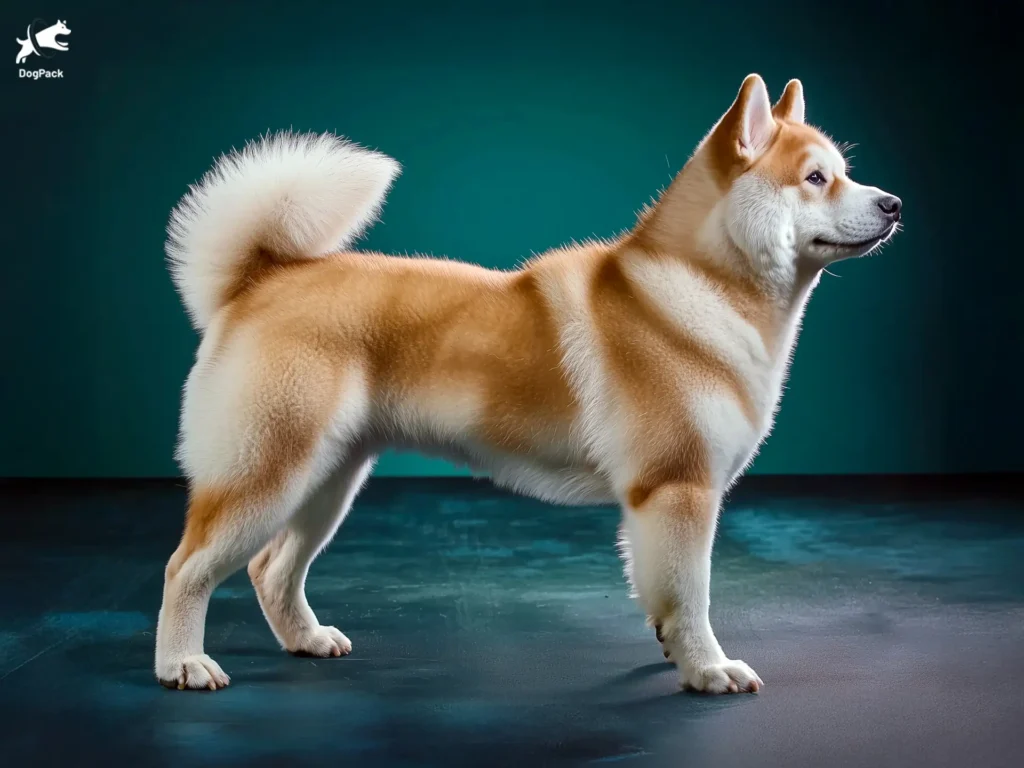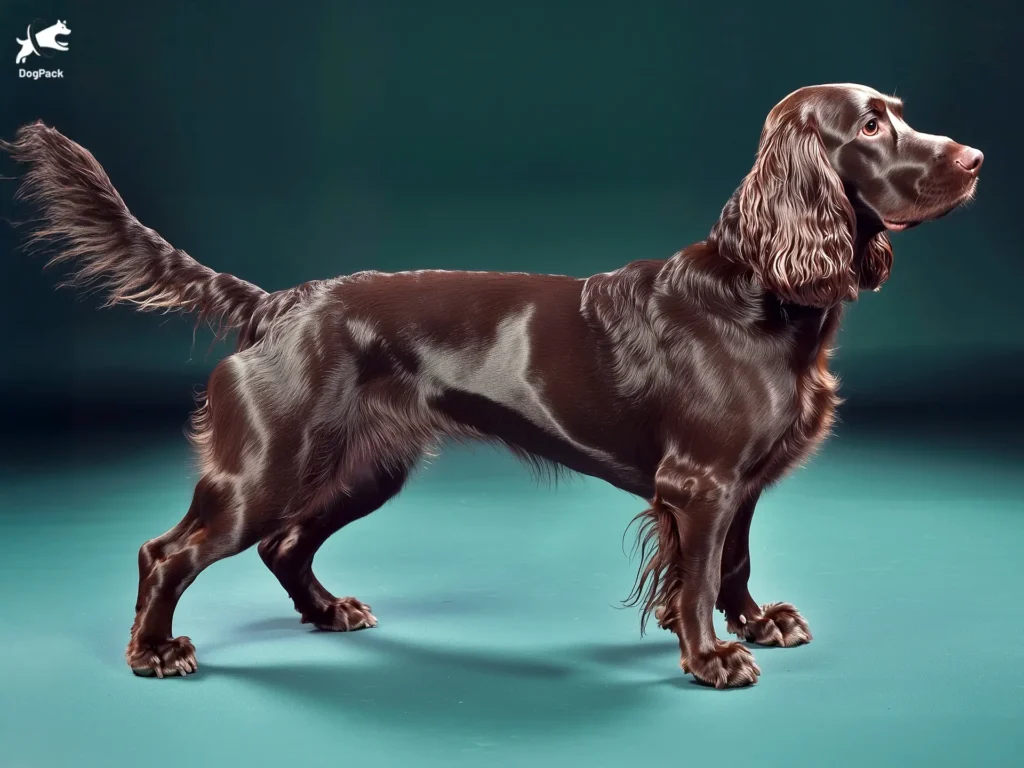DogPack’s Latest Blog posts
Get the DogPack App Today!
Connect. The Ultimate App for Dog Owners
Find dog-friendly parks, connect with local dog owners, and keep your pet safe—all in one place. With DogPack, explore the best places for your pup, share photos, and even help reunite lost dogs with their families.
Dog-Friendly Parks & Businesses
Dog Owners
in Our Community
Proudly Featured in:
The Most Popular Dog Breeds for 2025: Trends, Tips & Tail-Wagging Insights
If you thought 2025 was heading straight for the dogs—well, you’re not entirely wrong. The most popular dog breeds are shifting, influenced by technology, lifestyle changes, and…
Dog park rules and regulations: The Do’s and Don’ts of Visiting Dog Parks
Make every park outing count: Our guide reveals key dog park rules, pro tips for stress-free play, and insights into body language—no more guesswork, just happier pups.
Top 15 Best Therapy Dog Breeds for Anxiety, Autism, and Mental Health
Therapy dogs provide more than companionship; they bring comfort, emotional support, and healing to those in need. Whether you’re navigating anxiety, PTSD, autism, or depression, a therapy…
15 Fascinating Facts About the Catahoula Leopard Dog
The Catahoula Leopard Dog isn’t just a stunning breed—it’s a symbol of Louisiana’s culture, history, and rugged determination. Known for their striking coats, piercing eyes, and unmatched versatility, these…
Top 20 Low-Maintenance Dogs: A Guide to Stress-Free Companionship
Owning a dog is one of life’s greatest joys, but not everyone has the time or energy for a high-maintenance pet. Thankfully, some dog breeds are naturally…
Getting a Second Dog: The Ultimate Guide to Making the Best Decision
Double the Dogs, Double the Fun? Picture this: You’re scrolling through adorable dog adoption profiles when you spot it—a sweet, floppy-eared pup with soulful eyes that practically…

Most Popular Posts
Featured Dog Breeds
Irish Doodle
The Irish Doodle, a mix of Irish Setter and Poodle, is a playful, intelligent breed…
Huskita
The Huskita, a mix of Siberian Husky and Akita, is a loyal, energetic breed with…
Field Spaniel
The Field Spaniel is a rare, elegant breed known for its gentle nature and love…

